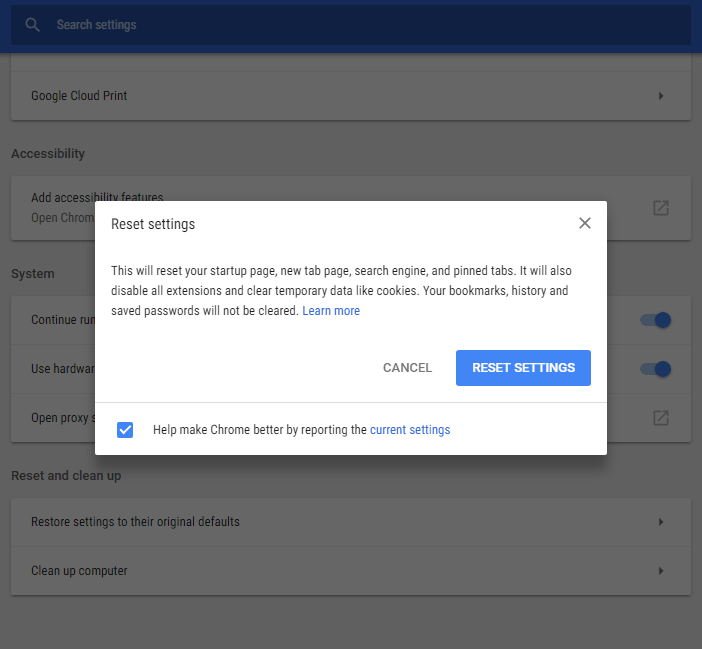
It appears that most of the materials only drop for level 70 characters.Īdventurer's Journal and Grisworld's Scribblings can drop for lower level characters, even in vanilla Diablo 3.
SCRATCHPAD SALESFORCE 13M SERIES VENTURESSAWERSVENTUREBEAT PATCH
Note: Can also be acquired in Patch 2.0.1+ vanilla Diablo 3 by characters of any level.Īcquired from: Act IV, The Great Span, Izual (Quest spawn Corrupted Angel)Īct IV, The Silver Spire Level 1, Pyres the Damned (Rare spawn Corrupted Angel)Īct V, Pandemonium Fortress Level 2, Celic (Rare spawn) Used for: Penders Purchase, Hands, 6 random magic properties This is likely due to the fact that they drop from environment objects instead of monsters.Īcquired from: Act I-IV, many areas, many World Objects - lootable and breakable ones (probably no chests, though), a complete list seems pointless. Hallowed Sufferance, Ceremonial Knife, +(1098–1316)–(1644–1959) Holy Damage, 5 random magic properties Hallowed Nemesis, 1h Mighty Weapon, +(981–1199)–(1175–1490) Holy Damage, 5 random magic properties Hallowed Hold, Fist Weapon, +(981–1199)–(1175–1490) Holy Damage, 5 random magic properties Hallowed Condemnation, Hand Crossbow, +(858–1049)–(1028–1304) Holy Damage, 5 random magic properties Used for: Hallowed Barricade, Shield, Holy skills deal 15–20% more damage, 5 random magic properties Where to farm: Act IV, The Great Span, Quest: Prime Evil (start) #D3 farm forgotten souls Patch Was the El Camino a car? A pick-up truck? Well, it combined the best of both worlds.Set bonus Hallowed Protectors: (2): +100 Resistance to All Elements, Attack Speed Increased by 10.0%Īcquired from: Act I, Leoric's Manor, Krailen the Wicked (Rare spawn Dark Summoner)Īct II, Road to Alcarnus, Yeth (Rare spawn Hellion) It was designed to feel as comfortable as a coupe for couples going to church on Sunday and still be capable of carrying farm products to markets during weekdays - a perfect mashup for practicality at that time. Ford Australia had already made "utes" - short for utility coupes - popular with Australian farmers back in the '30s, but none existed in the US.Ĭhevy's El Camino wasn't the first ute in the US the Ford Ranchero, introduced in 1957, was. With someone else having tested the waters and gained success, introducing this oddball wasn't a high-risk move for Chevrolet. Even though we keep being reminded of El Camino's SS versions that are easy to spot in movies, music videos, and on TV, the El Camino ended up a relatively short-lived car compared to other Chevrolet models of that time. And since manufacturers no longer make cars with truck beds, here are interesting yet easily forgotten details about the El Camino - a classic utility coupe.The Chevrolet El Camino is a coupé utility vehicle that was produced by Chevrolet between 1959––1987. Unlike a standard pickup truck, the El Camino was adapted from the standard two-door Chevrolet station wagon platform and integrated the cab and cargo bed into the body. Introduced in the 1959 model year in response to the success of the Ford Ranchero coupé utility, its first run, based on the Biscayne's B-body, lasted only two years. Production resumed for the 1964–1977 model years based on the Chevelle platform, and continued for the 1978–1987 model years based on the GM G-body platform.Īlthough based on corresponding General Motors car lines, the vehicle is classified in the United States as a pickup. GMC's badge engineered El Camino variant, the Sprint, was introduced for the 1971 model year. Renamed Caballero in 1978, it was also produced through the 1987 model year.

The concept of a two-door vehicle based on a passenger car chassis with a tray at the rear began in the United States in the 1920s with the roadster utility (also called "roadster pickup" or "light delivery") models. įord Australia was the first company to produce a coupé utility as a result of a 1932 letter from the wife of a farmer in Victoria, Australia, asking for "a vehicle to go to church in on a Sunday and which can carry our pigs to market on Mondays". Ford designer Lew Bandt developed a suitable solution, and the first coupé utility model was released in 1934. #1979 el camino seriesīandt went on to manage Ford's Advanced Design Department, being responsible for the body engineering of the XP, XT, XW, and XA series Ford Falcon utilities.

General Motors’ Australian subsidiary Holden also produced a Chevrolet coupé utility in 1935, and Studebaker produced the Coupé Express from 1937 to 1939. The body style did not reappear on the American market until the release of the 1957 Ford Ranchero.īoth the coupé utility and the similar open-topped roadster utility continued in production, but the improving economy of the mid- to late-1930s and the desire for improved comfort saw coupé utility sales climb at the expense of the roadster utility until, by 1939, the latter was all but a fading memory.


 0 kommentar(er)
0 kommentar(er)
